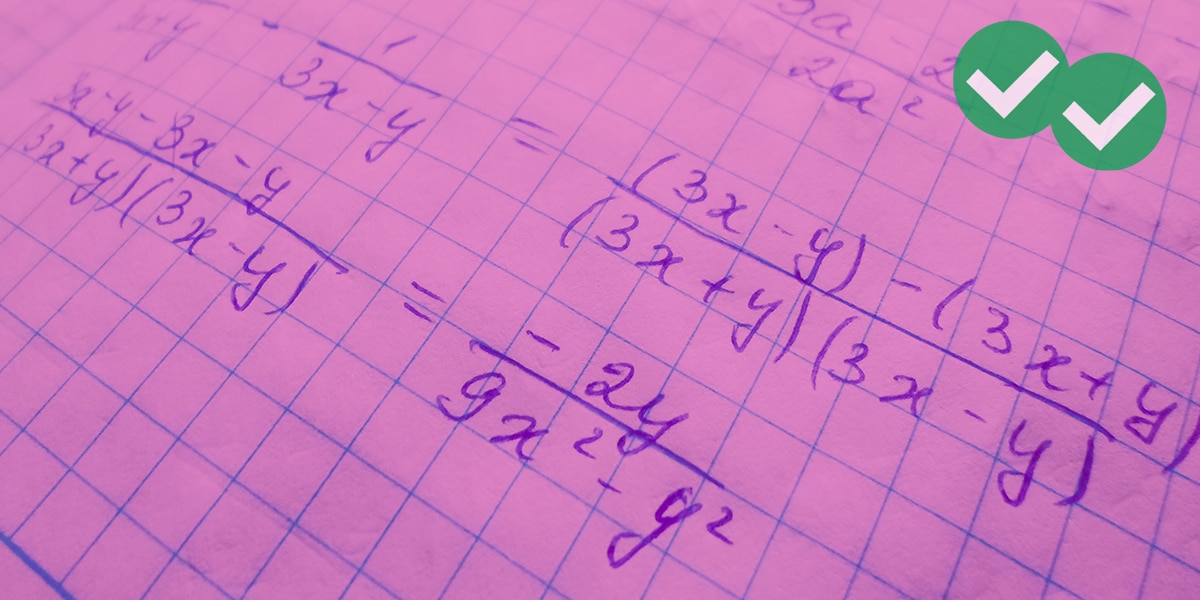Master this fiendishly tricky variety of Critical Reasoning question on the GMAT!
The philosopher Zeno of Elia (490-430 BCE) was famous for his mind-bending paradoxes. One of them went like this:
Suppose there were a race between Achilles (famed as the fastest runner in ancient Greece) and a tortoise, and the tortoise was given a small head start, say to point A. In the time it takes Achilles to run from the start to point A, the tortoise will move to a new point, point B. By the time Achilles catches up to point B, the tortoise will be at a new place, point C. On and on like this, Achilles will have an infinite number of distances to cover before he can even catch up to the tortoise. No one can run an infinite number of distances in a finite amount of time. Therefore even the fleet-footed Achilles would not be able to outrun a slow-footed tortoise.

Confused? That’s the point!
The Structure of a Paradox
A paradox is a statement or argument that, at least on the surface, does not make sense. In matters purely of personal taste, things can simply not make sense and that’s it — for example, the secularly Jewish man I know who avoids all ham or pork but who absolutely loves eating bacon. Peoples’ idiosyncratic combinations of likes and dislikes need not make sense.
That is not what you will encounter on the GMAT. On GMAT Critical Reasoning, the paradoxical passages will be about the real world, either the natural world or the world of social sciences. These are both realms were perfectly logical laws govern the phenomena, so any paradox will be an apparent paradox, an apparent contradiction, that is resolved by additional information.
For example, with respect to Zeno’s paradox above, in the past few centuries we have come to understand that, mathematically, it is possible under certain conditions to add up an infinite number of things and have the sum be finite. Thus, despite Zeno, Achilles catches up to the tortoise in a finite amount of time, passes it, and wins the race handily, as we would expect. Paradox resolved.
Resolving Paradoxes
The only paradoxes that appear on GMAT Critical Reasoning will be resolvable paradoxes, and in fact, your job will always be the same: to resolve them. Prompts for these questions include:
“Which of the following most helps to explain the apparent discrepancy described above?”
“Which of the following most helps to resolve the apparent contradiction?”
In other words, you will be presented with a paradox, usually in the form of two facts you would not expect to co-exist side by side in the same situation. You will be asked which of the five answer choices best resolves the paradox.
At least one of the wrong answers, if not two of them, will actually do the opposite: they will exacerbate the paradox, making it even more absurd that these two things go together. Always be on the lookout for that kind of answer when you are looking through the answer choices.
The French Paradox
Here’s an example of the kind of paradox CR question you will see on the GMAT.
1) French cuisine is famous for its frequent and liberal use of cream and cheese, both high in saturated fat. For years, medical studies have shown the strong correlation between diets high in saturated fat and coronary heart disease, and yet, France has a much lower incidence of such disease than found in comparable countries like the United States. This is the so-called French Paradox.
Which of the following, if true, helps to explain the French Paradox?
(A) Certain kinds of cheese can have as much as five times the amount of saturated fat that cream has.
(B) People in the United States, per capita, eat almost the same amount of saturated fat on average as do people in France.
(C) The United States imports more cheese from France than from any other country.
(D) Red wine, typically served with French food, helps to clean the buildup of fats in the arteries, reducing the risk of heart disease.
(E) It is typically for a French person to have either cream or cheese at each of the three meals in a day.
Were you able to find the two answer choices that made the paradox worse?
Here’s another paradox question for practice:
Practice Question Explanation
In attacking a paradox question, first read the prompt and understand the paradox or contradiction in your own words. Here, we could say: most people eat high food and get heart attacks, but the French eat high fat foods and don’t get hard attacks. Then, look for an answer choice that best resolves the paradox.
Both (B) and (E) do the opposite: they make the paradox harder to explain. With (B), if folks in the US and France eat about the same amount of saturated fat, then why do Americans get heart disease but not the French? With (E), if French are eating high fat foods all the time, why aren’t they getting heart disease? In other words, neither of these answers the question, and in fact, both of them simply would make it even harder to understand.
Answers (A) and (C) are off-the-wall irrelevant. Choice (A) says that cheese has more fat then cream, but the French are eating both of those, so it doesn’t matter: either way, the French are eating high fat food. (C) changes the topic to imports, which is completely unrelated to the direct relationship of diet and epidemiology.
Only (D) resolves the paradox. Since the French drink red wine, which in moderation cleans the arteries, this explains how they could eat high fat foods and have a much lower risk of heart disease.
By the way, before you run off thinking red wine is a cure-all, let me point out that higher exercise rates, smaller portions, no snacking between meals, and a much lower incidence of processed sugar and prepared foods in the French diet have also been shown to play a big role in resolving the French Paradox.
So, overall, my advice is eat healthy fresh food, lots of fruits and vegetables, drink red wine in moderation (if you are over 21), drink lots of water every day, avoid deadly trans fats, avoid processed sugar, and exercise regularly: these habits will maximize your health. If you also want a healthy GMAT score, then practice more GMAT Critical Reasoning questions like this, and sign up for Magoosh test prep. Magoosh is better for your GMAT score than wine is for your arteries, and you don’t even have to be 21 years old to enjoy Magoosh! No paradox there!





